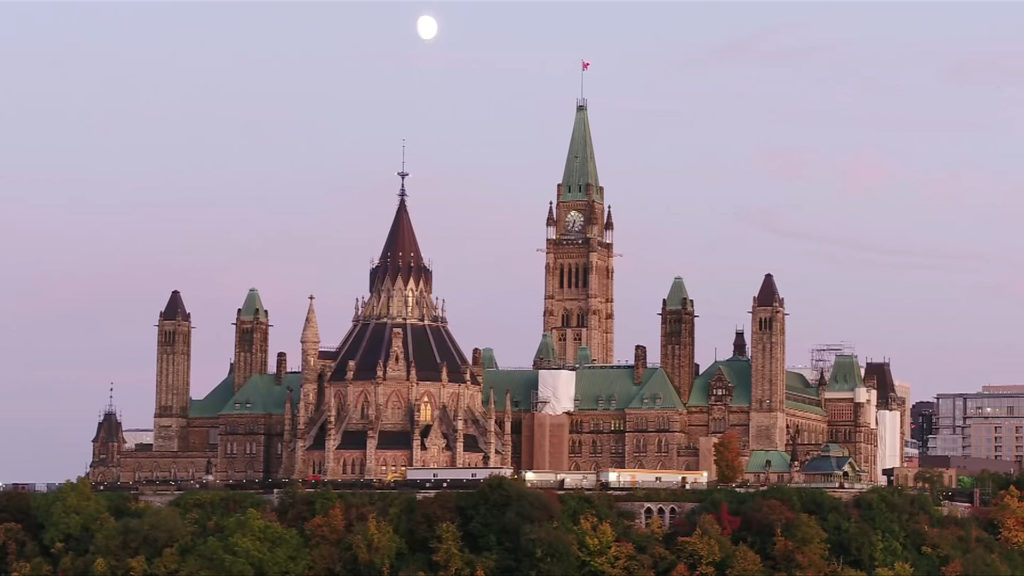
Some key elements of the agreement between the Liberals and NDP that would keep Justin Trudeau’s government in power until 2025:
The NDP will not move a vote of non-confidence, nor vote for a non-confidence motion during the term of the arrangement;
Parties agree on the importance of parliamentary scrutiny and the work done by MPs at committees;
Meetings of party leaders at least once per quarter, as well as regular meetings of House leaders and whips, and a monthly “stock-take” meeting of an oversight group;
Parties agree to identify priority bills to expedite through the House of Commons, including by extending sitting hours to allow for additional speakers, if needed;
Parties agree to prioritize:
Health initiatives including a new dental-care program for low-income Canadians that would begin with those under 12 this year, then expand to others in phases by 2025;
Progress on a universal national pharmacare program by passing a Canada Pharmacare Act by the end of next year and then having the National Drug Agency develop a national formulary of essential medicines and bulk-purchasing plan by the end of the agreement;
Efforts with the provinces and territories to determine how to provide more primary care doctors and nurses, mental health support, aging-at-home programs and better data;
A Safe Long-Term Care Act to ensure seniors are guaranteed care, no matter where they live;
Economic measures including extension of the Rapid Housing Initiative for an additional year;
Re-focusing the Rental Construction Financing Initiative on affordable units;
Launching a Housing Accelerator Fund;
Implementing a Homebuyer’s Bill of Rights;
A $500 one-time top-up to Canada Housing Benefit in 2022, which would be renewed in coming years if cost of living challenges remain;
Introducing an Early Learning and Child Care Act by the end of the year, ensuring that child-care agreements have long-term protected funding that prioritizes non-profit and public spaces;
Efforts on climate change including measures to achieve significant emissions reductions by 2030 compared to 2005 levels;
Continuing to identify ways to further accelerate the trajectory to achieve net-zero emissions no later than 2050;
Creation of the Clean Jobs Training Centre;
Moving forward with Just Transition legislation, guided by feedback from workers, unions, Indigenous Peoples, communities, and provinces and territories;
A plan to phase-out public financing of the fossil fuel sector, including from Crown corporations, including early moves this year;
Moving forward in 2022 on home energy efficiency programs that both enhance energy affordability for Canadians and reduce emissions;
Initiatives for workers, ensuring the planned 10 days of paid sick leave for all federally regulated workers starts as soon as possible;
Introducing legislation by the end of next year to prohibit use of replacement workers when a union employer in a federally regulated industry has locked out employees or is in a strike;
Efforts to foster reconciliation including a significant additional investment in Indigenous housing this year;
Accelerating implementation of the Federal Pathway to Address Missing and Murdered Indigenous Women, Girls and 2SLGBTQQIA+ People with Indigenous partners;
Creating a standing Federal-Provincial-Territorial table on Missing and Murdered Indigenous Women, Girls and 2SLGBTQQIA+ People to facilitate and coordinate this work;
Providing the necessary supports for First Nations, Inuit and Metis communities who wish to continue to undertake the work of burial searches at the former sites of residential schools;
Fair taxation measures including changes for financial institutions that have made strong profits during the pandemic;
A publicly accessible beneficial ownership registry by the end of 2023;
Pro-democracy measures including work with Elections Canada to explore ways to expand the ability for people to vote, such as an expanded “Election Day” of three days of voting, allowing people to vote at any polling place within their electoral district, improving the mail-in ballot process to ensure voters are not disenfranchised;
Ensuring Quebec’s number of seats in the House of Commons remains constant.
This report by The Canadian Press was first published March 22, 2022.




